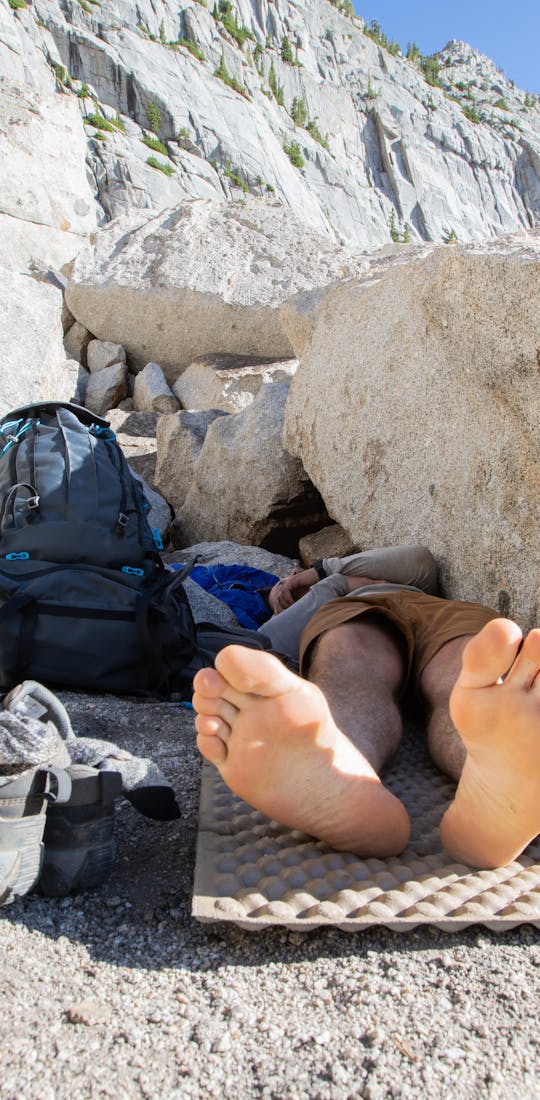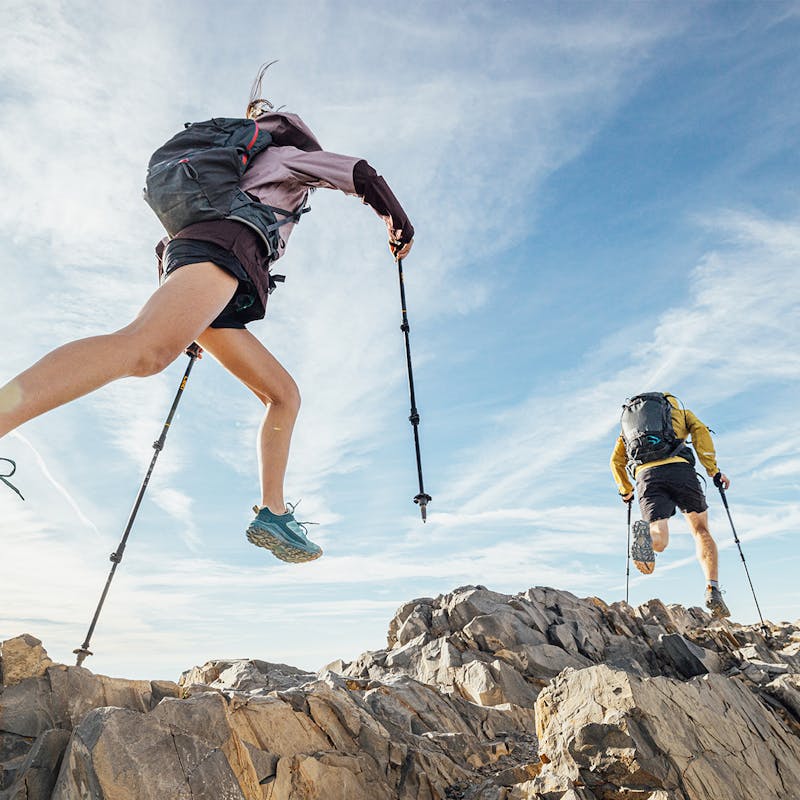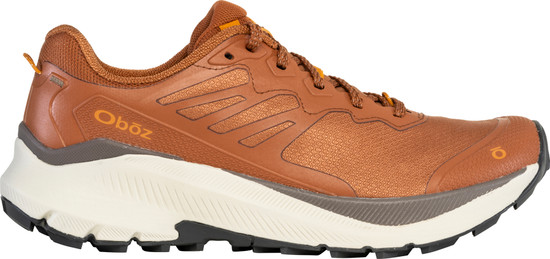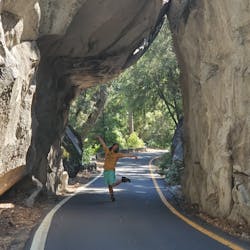Picture this; you’re walking through mud, roots, and bogs across New England.
Your eyes are trained to find a white trail blaze. It could be on a sign, a tree, or even on a rock. Heck, you’ve even been walking up to 20-miles a day and haven’t missed one yet...Except that time you took a blue blaze trail to a shelter and didn’t come back the same way. Let’s not be sticklers about that now. I’ll save that for a different blog post.
You feel the moisture in the air. It sticks to your clothes, your skin, and your exposed legs that have carried you hundreds and potentially thousands of miles to get to this point. The water from a nearby creek flows through rocks and roots, making it easy to collect. You smell bug spray residue from a hiker in front of you. You smirk because you have an idea of who it is just based off the lingering scent of the repellent. You have trained your mind – all while your body adapts to walking daily for long distances.
Then you feel it, that nagging sensation in your heel you noticed a few days ago.
You figured you could push it off until the next town, you have two more days until a trusty re-supply. Why risk leaving the trail before that? The promise of a cold refreshing beverage, a fresh meal, laundry, a hot shower, and clean linens await. It’s just a little irritation, no big deal, right?
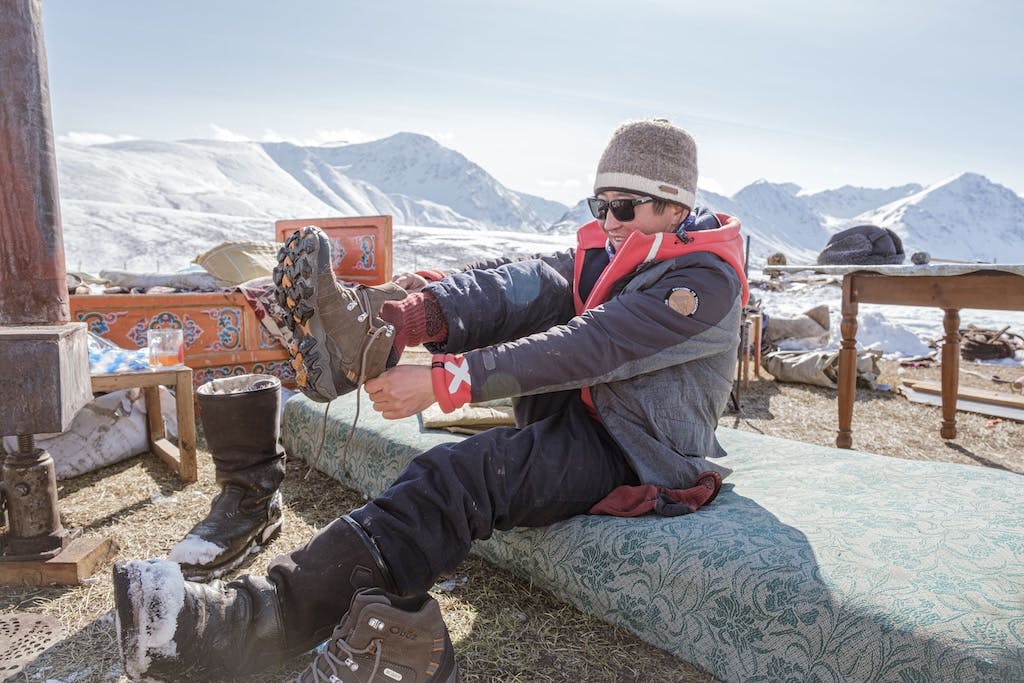
For those of you who backpack or thru-hike, you have also experienced these thoughts, decisions, and scenarios. Unfortunately, many of the smallest discomforts on-trail are what lead hikers to leave the sport entirely. It is easy to overlook the importance of good foot care and proper hygiene while out on a trip. After all, escaping from the realities of daily life and reconnecting with yourself and the land are the main reasons why we hike! Yet, we do end up swiping left on anything that inconveniences us and our grand plans.
Here’s a few tips I’ve discovered through thousands of miles of backpacking, volunteering on trails, and fighting wildland fire:
Air out your feet! We all get smelly feet, but an unusual odor can be an indicator of something more. Be sure to keep your feet clean at any point possible while on longer trips. This includes:
- Each time I take a break longer than 10-minutes, I take my shoes and socks off to dry out my feet.
- If you have a longer break, take your insoles out of your shoes to air them out, shake your shoes to get rid of any dirt, sticks, and rocks stuck inside. Loosen your shoelaces and expand the tongue so your shoe has more room to breathe. Turn your socks inside out to air them out.
- If there is shade, sit in the shade, but also expose your feet and socks to some UV rays to help them air out quicker.
Find the right footwear: Not all feet are the same, and that’s coming from someone with two different sized feet
- This means what works for me may not necessarily work for you.
- Take your time when trying on shoes at the store. Be sure to walk around in both!
- When you feel like you’ve found the right one, I like to size up half a size (not only because one foot is bigger), because if you’re hiking and backpacking long distances with lots of weight on your back/hips/shoulders, your feet will grow and expand.
- Some people like to start fights over boots vs. trail runners, don’t waste your time on that. Instead, find what works best for your foot and body, it’ll make a world of difference.
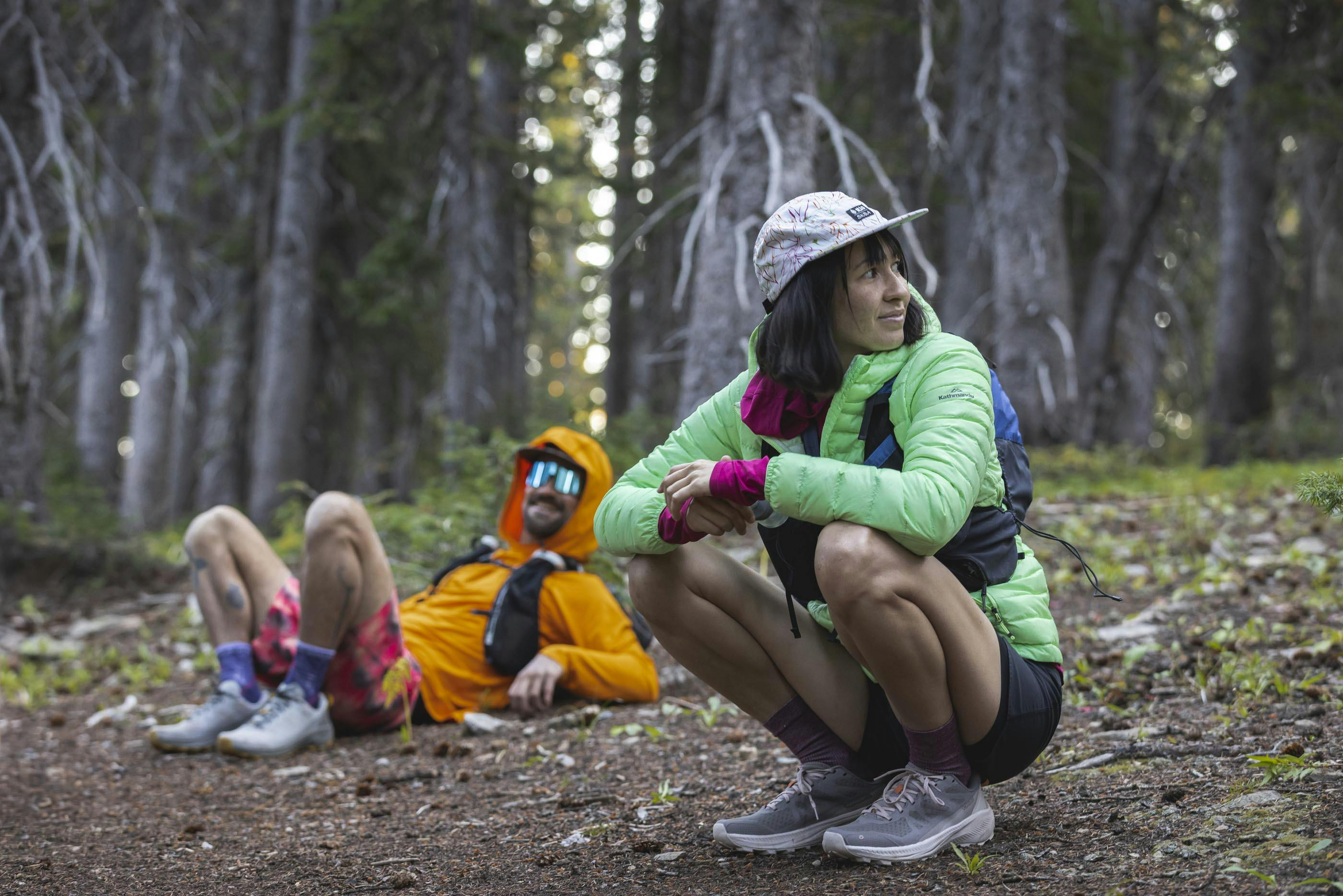
Footwear also includes considering socks, liners, and insoles: A common misconception is that shoes are the only thing that can make-or-break a hike.
- Sweat wicking material is important because walking, running, and just 'being’ in footwear can cause moisture and sweat buildup.
- Merino wool and polyester blends are good, breathable material options.
- Pack an extra pair of socks. For laundering on trail: you can rinse off socks using a zip lock bag, water, and eco-safe soap.
- Liners can be a good middle ground since many merino blend socks are higher in price. Liners are usually half the price and can be a good layer between your feet and socks that aren’t as moisture wicking. Be sure to try on the sock-liner duo with your footwear, first, to ensure it doesn’t take up too much space.
- Standard insoles included in footwear may not work for everyone. Some people may need more arch support whereas some prefer more cushioning, a good overall insole designed by Oboz does the trip for me, giving my feet more comfort and allowing my shoes to last longer.
There’s no showers in the backcountry, but there is water for washing
- Running water is preferred as you are less likely to have any debris or contaminants, but if all you have is a pond or lake, that can work too.
- I always carry an extra zip log bag to help scoop or catch water to filter in the backcountry; it’s a great ultralight piece of gear to have in our kit.
- Washing your feet off and getting the layer of dirt trapped by sweat is an easy way to not only take care of your feet, but feel better. There’s nothing like feeling clean and seeing a layer of dirt wash off (just be sure to do it 200 feet from a water source, especially if you decide to use any soap).
- If you don’t have a large water source, having a bandana or handkerchief with some water from your own supply can be a quick alternative.
- carrying wet wipes is a common practice, they can be used not just on your feet but on other parts of the body, just be sure to pack out the wet wipes and dispose of them properly when you get back to town.
Shoe care is also foot care
- Take care of your footwear and it will take care of you
- If you are using waterproof footwear, be sure to clean and re-waterproof often.
- Change your laces every few hundred miles to help with tightening and tying properly.
- Dry them out and air them out. Wet shoes and boots will break down easier over time with consistent wearing in wet conditions.
- Check out our footwear care page for more tips and tricks.
Rest days = rest days
- If you’re on a longer trip, such as an Appalachian Trail thru-hike, it is tempting to go out on the town once you’ve secured a room at a hostel. This is okay, but remember to treat your feet right.
- Ensure you get your feet into a shower, and if possible, a soak in a tub with hot water, or use Epsom salts (so long as you do not have any open sores or cuts).
- Try to stay off your feet as much as possible, so sit, lay down, nap. Resting the feet is so important and towns days can be stressful, aim for rest.
- Utilize that time to trim nails, take care of any blisters and air them out, do not be in shoes as much as you can on off days.
Identify hot spots and treat them immediately
- Various forms of tap: Gluco & KT are great to use to separate the hot spot from whatever is rubbing against it.
- Other items can be found in a first aid kit, such as mole skin and second skin to help keep the irritated area from spreading.
- Clean socks and liners - having multiple pairs and switching them out is important because debris gets captured in the fibers.
- Try to avoid duct tape on a blister or hot spot. It may pull skin off. Ouch!
- A reminder to keep feet dry whenever possible and to find proper footwear and socks to ensure you have the right fit and no pressure points.
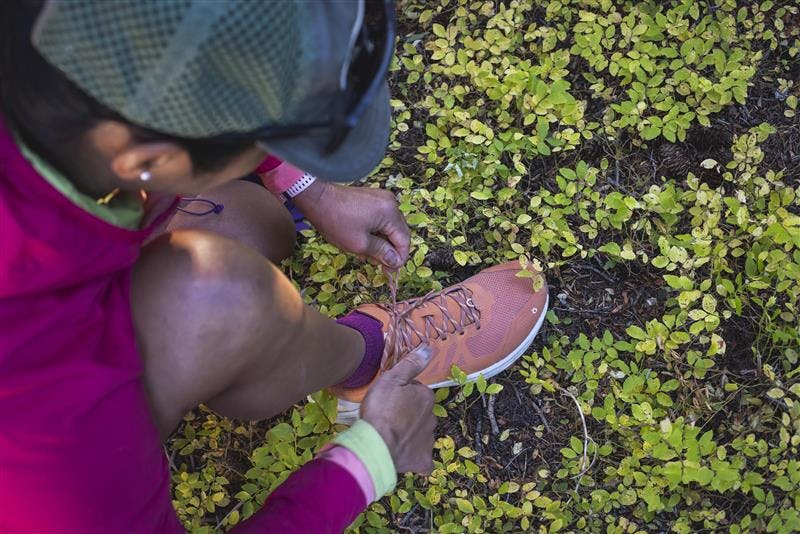
While this list is extensive, there are many other foot care methods and techniques. I encourage you to find what works best for you. The most important takeaway is that our feet are hard workers, and we want to treat them well, stay clean and healthy, and we all want to go on many more adventures with them in the future.
